Resources
About Us
Offshore Drilling Waste Management Market Size, Share & Forecast 2025-2035 | Growth Analysis by Service Type, Waste Type, Treatment Method, End-User & Geography
Report ID: MREP - 1041518 Pages: 185 Jun-2025 Formats*: PDF Category: Energy and Power Delivery: 24 to 72 Hours Download Free Sample ReportKey factors driving the growth of the offshore drilling waste management market include stringent environment regulations catering to oil & gas exploration along with existing & increasing offshore drilling activities, technological advancements in waste treatment and disposal methods, growing emphasis on corporate social responsibility (CSR) and sustainability in the oil and gas industry, increasing deepwater and ultra-deepwater exploration activities, and rising focus on Environmental, Social, and Governance (ESG) compliance. However, this growth is restrained by high capital intensity of offshore waste management systems compared to onshore operations, logistical complexities in remote offshore locations, harsh weather conditions affecting waste transportation and disposal, and limited storage capacity on offshore platforms.
Additionally, emerging opportunities in robotic and autonomous waste handling technologies, development of advanced treatment solutions like thermal desorption units, expansion of offshore drilling activities in emerging markets including Southeast Asia and Latin America, integration of IoT and digital monitoring systems for predictive waste management, and growing trend of outsourcing specialized waste management services to expert providers are poised to offer significant growth opportunities for market players. The adoption of advanced oil-water separation technologies and development of bio-remediation solutions are emerging as notable trends in this market.
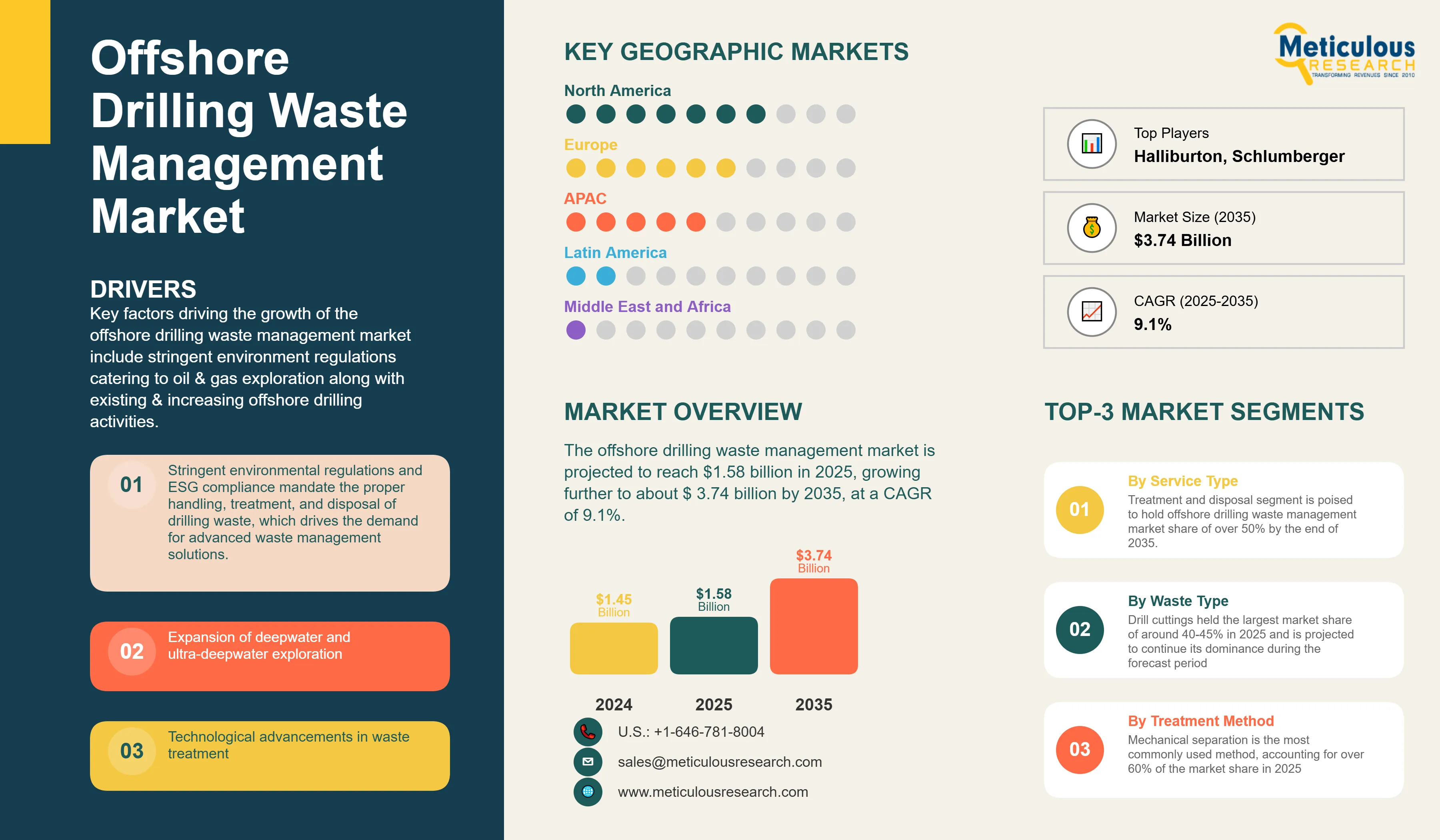
Stringent Environmental Regulations and ESG Compliance
Governments and international organizations are imposing strict regulations to minimize the environmental impact of offshore drilling. These regulations mandate the proper handling, treatment, and disposal of drilling waste, which drives the demand for advanced waste management solutions. Companies have to adhere to the environmental, social, and governance (ESG) guidelines in their operations which leads to greater investments in treatment and disposal segment. Modern offshore operations must demonstrate compliance with zero-discharge standards and marine pollution prevention protocols, requiring sophisticated waste management systems that can handle the complex nature of offshore drilling waste while meeting strict environmental standards.
The regulatory landscape continues to evolve with increasingly stringent requirements for waste discharge, disposal methods, and environmental monitoring. Of the total waste produced from the offshore drilling activity, over 85% of them are hazardous. This high percentage of hazardous waste necessitates specialized treatment and disposal solutions that comply with international maritime environmental regulations and local environmental protection standards.
Expansion of Deepwater and Ultra-Deepwater Exploration
The dependency on non-renewable resources is higher than renewable resources and to answer the growing demands globally, there has been greater explorations in deepwater and ultra-deepwater locations. Increase in the exploration and production (E&P) activities in deepwater and ultra-deepwater reservoirs is expected to increase the number of wells drilled, and drive the demand for the oilfield services, thereby creating opportunity for the drilling waste management services market.
The complexity of deepwater drilling operations generates substantial volumes of specialized waste that require sophisticated management solutions. In September 2024, Transocean Ltd. announced a USD 232 million ultra-deepwater drilling contract for its Deepwater Atlas drillship with BP in the US Gulf of Mexico. The 365-day contract is scheduled to begin operations in the second quarter of 2028. These large-scale projects demonstrate the continued expansion of deepwater activities that directly drive demand for comprehensive waste management services.
Technological Advancements in Waste Treatment
Innovations in waste management technologies, such as thermal desorption units, cuttings reinjection, and advanced filtration systems, are enhancing the efficiency and effectiveness of offshore drilling waste management. These technologies allow for the safer and environmentally friendly handling of waste, reducing the ecological footprint of drilling operations. Innovations in oil-water separation, bioremediation, chemical treatment, thermal desorption units (TDU) are driving the offshore drilling waste management market's profit share.
Advanced technologies are making offshore waste management more cost-effective and environmentally sustainable. The development of mobile treatment units, enhanced containment systems, and real-time monitoring solutions enables operators to minimize environmental impact while reducing operational costs.
Market Segmentation Analysis
By Service Type
Treatment and disposal segment is poised to hold offshore drilling waste management market share of over 50% by the end of 2035. The treatment & disposal services segment of offshore drilling waste management industry is set to grow at a CAGR of over 9% through 2035, driven by swift technological advancements, rigorous regulatory adherence, and a heightened emphasis on sustainability.
The service type segmentation includes:
By Waste Type
The Offshore Drilling Waste Management Market segmentation based on Waste Type can be categorized into Drill Cuttings, Drilling Fluids, and Produced Water. Among these segments, Drill Cuttings held the largest market share of around 40-45% in 2025 and is projected to continue its dominance during the forecast period.
By Treatment Method
The Offshore Drilling Waste Management Market is segmented based on treatment methods into mechanical separation, chemical treatment, and biological treatment. Mechanical separation is the most commonly used method, accounting for over 60% of the market share in 2025.
By End-User
The Offshore Drilling Waste Management Market Segmentation by End User comprises Oil and Gas Companies, Offshore Drilling Contractors, and Waste Management Companies. Among these, Oil and Gas Companies dominate the market with a share of around 50-55% in 2025.
Regional Analysis
Asia-Pacific: Leading Growth Market
The Asia Pacific offshore drilling waste management market is witnessing steady growth and is projected to have the fastest increase in revenue share globally during the forecast period. The market is driven by growing off shore oil and gas exploration activities in China, India, Malaysia, and Australia.
China is expected to lead the drilling waste management services market during the forecast period owing to extensive and widespread exploration and production activities in the region, especially in the South China sea. In India, offshore drilling activities are steadily increasing in offshore regions such as Cauvery Basin, Krishna-Godavari Basin, and Mumbai High.
North America: Mature Market with Continued Growth
North America offshore drilling waste management industry is predicted to grow significantly, due to the intensifying focus on environmental protection along with the preference for environmentally friendly waste management solutions. North America is expected to lead the drilling waste management services market during the forecast period owing to extensive and widespread exploration and production activities in the region.
The region benefits from established regulatory frameworks, advanced technology adoption, and significant ongoing exploration activities in the Gulf of Mexico and offshore Canada.
Europe: Focus on Sustainability and Innovation
Europe represents a significant market driven by stringent environmental regulations, established offshore operations in the North Sea, and strong emphasis on sustainable drilling practicesIn May 2024, oil and gas companies operating on the Norwegian Continental Shelf were projected to invest approximately USD 24 billion , marking a significant increase in spending on exploration and the development of existing fields across both offshore and onshore applications.
Middle East & Africa: Emerging Growth Region
In July 2024, the Government of Egypt announced plans to drill 110 exploratory wells with an investment of approximately USD 1.2 billion during the fiscal year 2024/2025 to strengthen the country's oil and gas production capabilities. This large-scale drilling initiative is expected to significantly contribute to the growth of the global drilling waste management market by increasing operational activities and associated waste volumes.
Latin America: Developing Market
The expansion of offshore drilling in emerging markets including Africa, Latin America, and Southeast Asia are witnessing significant growth in offshore drilling activities. The development of new offshore fields in these regions is increasing the demand for waste management services.
Competitive Landscape
The offshore drilling waste management market is characterized by a mix of large multinational oilfield service companies, specialized waste management providers, and regional service companies. Industry leaders such as Halliburton, Baker Hughes, Weatherford, and Schlumberger command a significant market share owing to their extensive expertise in oil and gas exploration, diverse product portfolios, and extensive global presence.
Leading Companies Include:
Major Integrated Service Providers:
Specialized Waste Management Companies:
Technology and Equipment Providers:
Regional and Emerging Players:
These companies are focusing on strategies such as advanced technology development, expansion into emerging offshore markets, strategic partnerships with drilling contractors and operators, sustainability initiatives, and development of integrated waste management and monitoring solutions to strengthen their market position.
|
Particulars |
Details |
|
Market Size 2024 |
USD 1.45 billion |
|
Market Size 2025 |
USD 1.58 billion |
|
Market Size 2035 |
USD 3.74 billion |
|
CAGR (2025-2035) |
9.1% |
|
Base Year |
2024 |
|
Forecast Period |
2025-2035 |
|
Segments Covered |
By Service Type, Waste Type, Treatment Method, End-User |
|
Leading Service Segment |
Treatment and Disposal (55-60% share) |
|
Leading Waste Type |
Drill Cuttings (40-45% share) |
|
Leading Treatment Method |
Mechanical Separation (50-60% share) |
|
Leading End-User |
Oil and Gas Companies (50-55% share) |
|
Fastest Growing Region |
Asia-Pacific |
The offshore drilling waste management market is projected to reach USD 3.74 billion by 2035 from USD 1.58 billion in 2025, at a CAGR of 9.1% during the forecast period.
The treatment and disposal segment is anticipated to secure a 55-60% share by 2035, due to the global focus on ESG compliance and sustainable offshore waste management.
The drill cuttings segment is projected to maintain the largest share at approximately 40-45% throughout the forecast period due to high volume generation during drilling operations.
Key factors driving growth include stringent environmental regulations and ESG compliance requirements, expansion of deepwater and ultra-deepwater exploration, technological advancements in waste treatment solutions, rising corporate social responsibility focus, and increasing offshore drilling activities globally.
Major opportunities include robotic and autonomous waste handling technologies, advanced treatment solutions like thermal desorption units, emerging market expansion in Southeast Asia and Latin America, IoT integration for predictive waste management, and growing outsourcing trends for specialized services.
Asia-Pacific leads with the highest growth potential, while North America maintains the largest market share. Europe shows strong growth driven by sustainability focus, and emerging markets in the Middle East, Africa, and Latin America present significant expansion opportunities due to increasing offshore exploration activities.
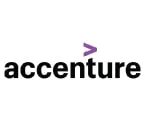


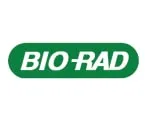

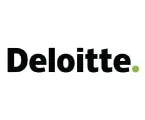
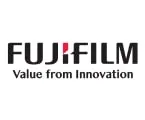

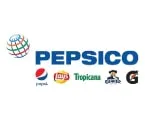
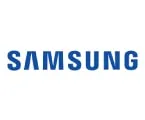




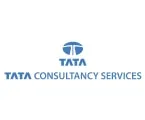

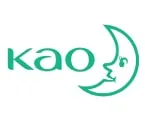

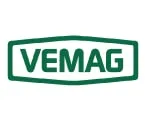
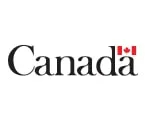




Published Date: Oct-2025
Published Date: Oct-2025
Published Date: Oct-2025
Published Date: Oct-2025
Published Date: Sep-2025
Please enter your corporate email id here to view sample report.
Subscribe to get the latest industry updates